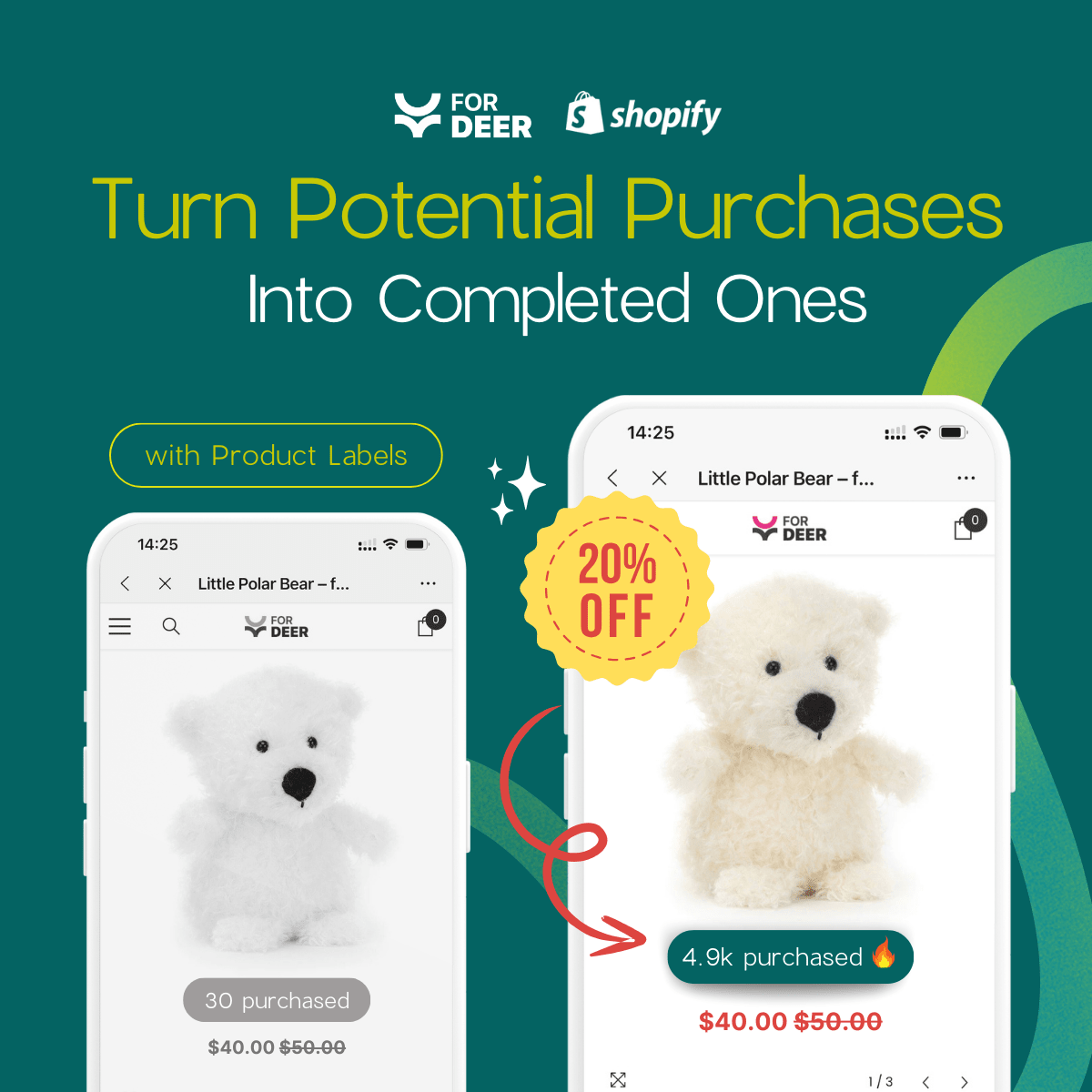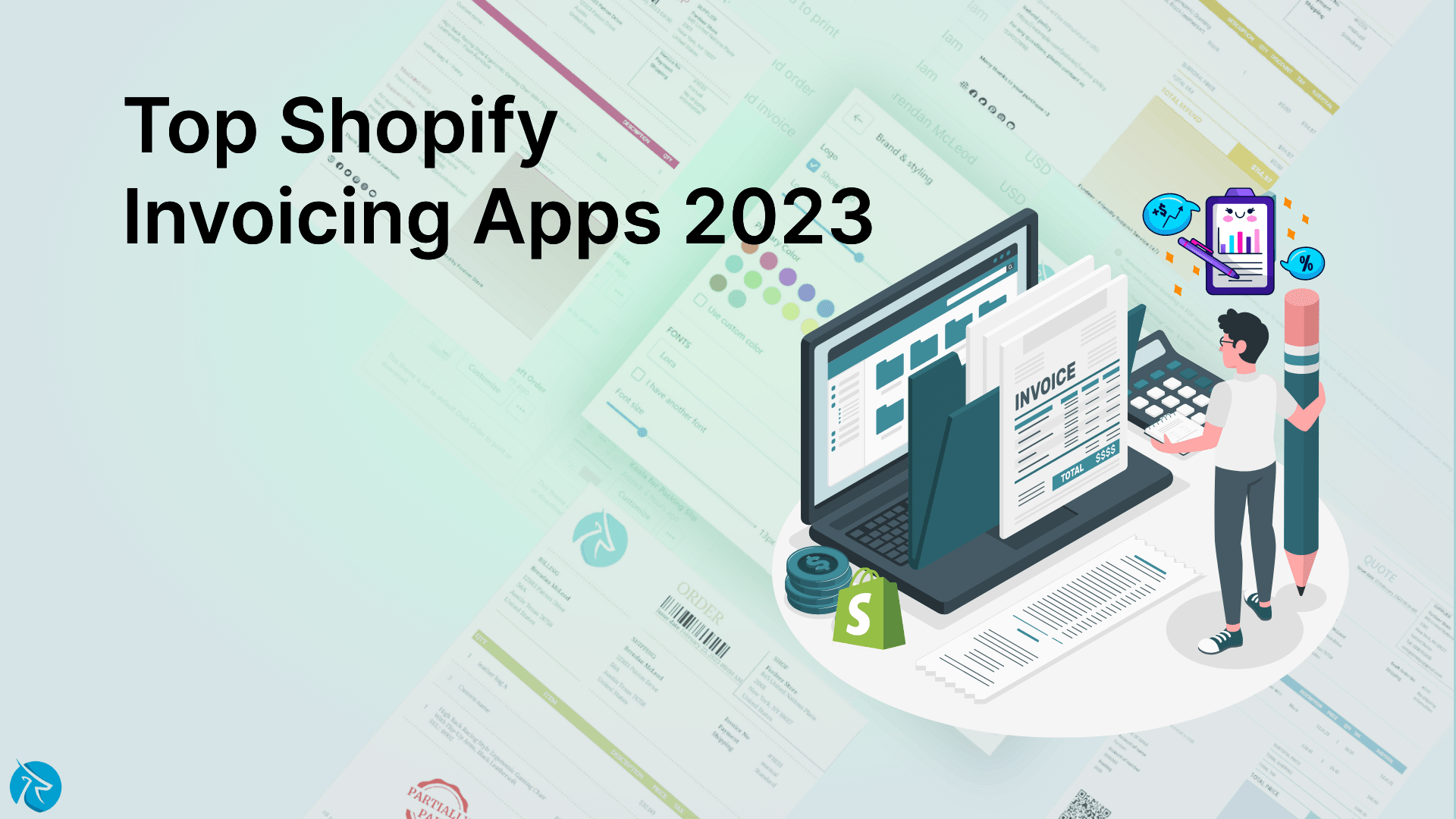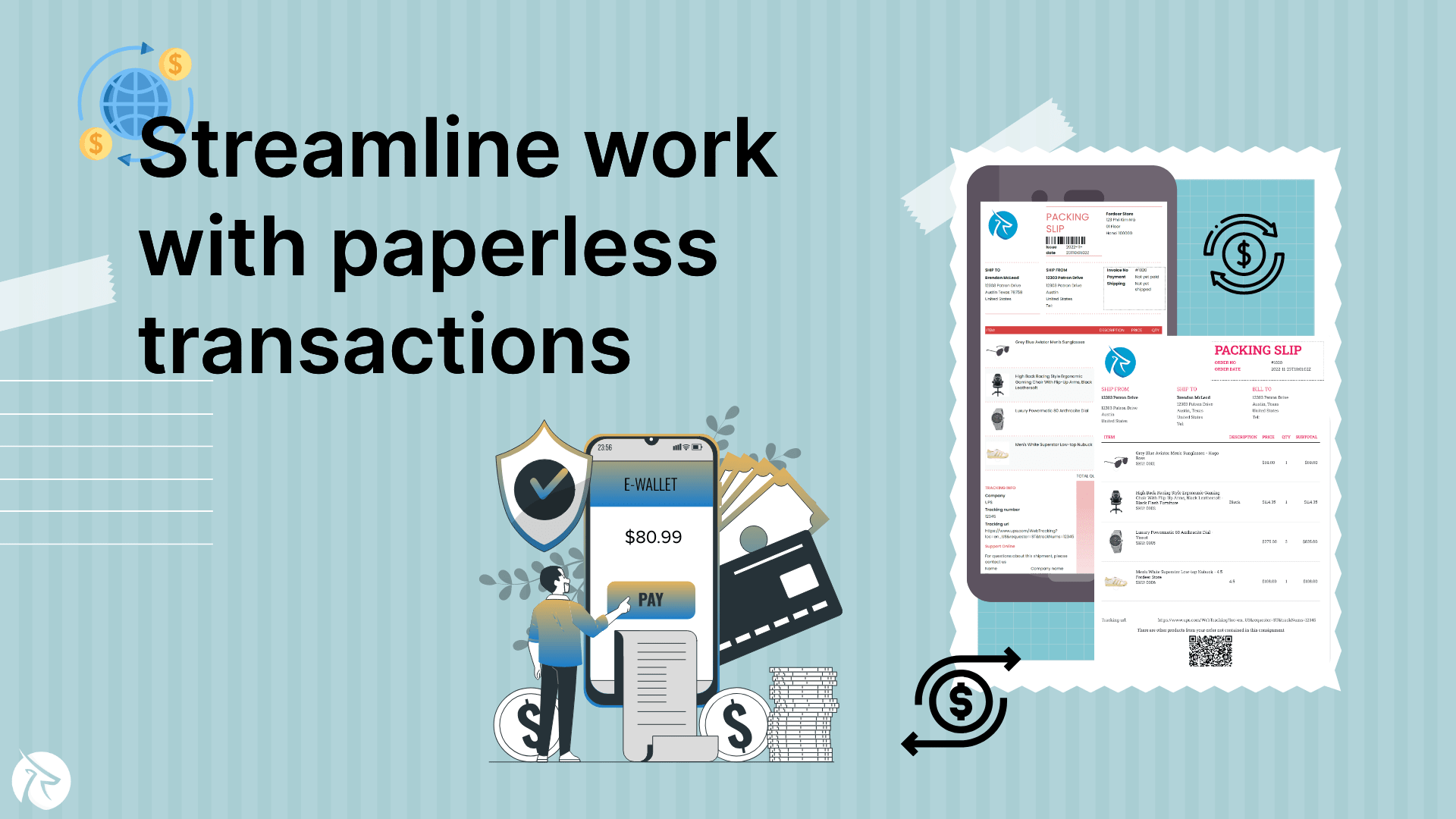Understanding Churn Rate: How to Reduce Customer Attrition

In the fast-paced and highly competitive landscape of business, customer attrition, often measured by the churn rate, stands as a critical metric that can make or break companies.
Churn rate represents the percentage of customers who discontinue their engagement with a business during a specific period. While it may seem like a mere statistic, its implications are far-reaching, affecting a company's financial stability and brand reputation.
This comprehensive guide delves into the intricacies of churn rate, emphasizing its significance in the digital age. Fordeer will explore not only the financial impact it can have on businesses but also the importance of retaining existing customers
What Is Churn Rate?
Definition and explanation
Churn rate, in the realm of customer retention, serves as a pivotal metric that quantifies the rate at which customers disengage or cease their interactions with a business. It represents the percentage of customers who, over a specified period, decide to move away from a brand's products, services, or engagement channels. Essentially, it signifies the departure of once-loyal customers, making it a fundamental indicator of customer attrition.
Churn rate quantifies the phenomenon of customer attrition by offering a clear numerical representation of the customers who have chosen to leave. This metric aids businesses in comprehending the scale and pace at which their customer base is dwindling, providing valuable insights into the health of customer relationships.
Why it matters in the digital age
The digital landscape's impact on customer behavior: The advent of online platforms, e-commerce, and digital interactions has transformed the way customers engage with brands. The convenience of the digital landscape means that consumers have more choices and can easily switch between providers, making customer retention an even more pressing concern for businesses.
The increased competition and choices for consumers: Customers are no longer limited to local options; they can explore products and services from around the globe with a few clicks.
This abundance of choice places a premium on retaining existing customers, as acquiring new ones becomes costlier and more challenging. Churn rate, therefore, serves as a critical barometer of a company's ability to adapt to this highly competitive digital landscape and retain its customer base.
Calculating Churn Rate
The Formula for Churn Rate
Calculating churn rate involves a straightforward formula that encapsulates the essence of customer attrition. The formula for churn rate is:
Churn Rate = (Customers Lost During a Period/Total Customer satthe Start of the Period) X 100
Breaking down the elements of this formula, we find:
Customers Lost During a Period: This represents the number of customers who chose to discontinue their engagement with your business during a specified time frame, often a month or a quarter.
Total Customers at the Start of the Period: This signifies the total number of customers you had at the beginning of the same time frame.
To calculate the churn rate as a percentage, follow these steps:
- Determine the number of customers who left (churned) during the period in question.
- Identify the total number of customers you had at the start of that period.
- Divide the number of customers lost by the total customers at the start.
- Multiply the result by 100 to express it as a percentage.
For example, if you started with 1,000 customers, and 50 of them churned during the month, the churn rate would be calculated as:
ChurnRate = (50/1000) X 100=5%
Interpreting Churn Rate Percentages
Understanding What Different Percentages Indicate
Interpreting churn rate percentages is crucial for assessing the health of your customer base:
Low Churn Rate (e.g., 1% to 5%): A low churn rate indicates that a small percentage of your customer base is leaving. This is generally a positive sign and suggests that your retention efforts are effective.
Moderate Churn Rate (e.g., 6% to 10%): A moderate churn rate indicates that a notable but not alarming portion of customers are churning. It's a signal to examine your retention strategies and consider improvements.
High Churn Rate (above 10%): A high churn rate is a cause for concern, as it suggests a significant portion of your customers are leaving. Businesses should consider urgent action to understand the reasons behind this attrition and implement measures to reduce it.
Benchmarking Churn Rates in Your Industry
To gain deeper insights, it's essential to benchmark your churn rates against industry standards. Different industries may have varying expectations for churn rates. By comparing your rates with industry peers, you can better gauge your performance and identify whether your churn rates are within an acceptable range or if they require immediate attention.
Factors Influencing Churn Rate
Identifying common causes of customer attrition
Poor customer service experiences: One of the primary factors contributing to churn rate is the quality of customer service. Customers who experience subpar service or feel neglected are more likely to take their business elsewhere. These negative experiences can range from unresponsive support teams to unfriendly interactions, and they erode customer loyalty over time.
Lack of product or service quality: One of the primary factors contributing to churn rate is the quality of customer service. Customers who experience subpar service or feel neglected are more likely to take their business elsewhere. Therefore, these negative experiences can range from unresponsive support teams to unfriendly interactions, and they erode customer loyalty over time.
Competitive offers from rivals: In today's competitive landscape, customers have numerous options at their disposal. If a competitor offers a more attractive deal, whether through pricing, features, or convenience, your customers may be enticed to switch. Monitoring the competitive landscape and adjusting your value proposition accordingly can help mitigate this risk.
Industry-Specific Factors
Different industries face distinct challenges that can influence churn rates:
Retail: Retail businesses often contend with changing consumer trends and preferences. Thus, staying up-to-date with these shifts is vital for retaining customers.
Telecommunications: In this sector, factors like contract lengths, network coverage, and plan flexibility play a significant role in churn.
Subscription Services: Subscriptions rely heavily on the perceived value of the service, that's why monitoring customer engagement and regularly updating content or features can help reduce churn.
Finance: In the financial industry, trust and reliability are paramount. Ensuring transparent communication, security, and competitive offerings is key to retaining clients.
Technology: Rapid technological advancements mean tech companies must continuously innovate to retain customers and stagnation often leads to churn.
Strategies to Reduce Churn Rate
Improving customer service and support
Exceptional customer service is not just a luxury; it's a necessity for reducing churn. Customers who feel valued and supported are less likely to leave. Providing prompt, helpful, and empathetic assistance can turn frustrated customers into loyal advocates, here are some strategies for addressing customer issues proactively:
- Identify common pain points and address them before they become significant problems.
- Regularly seek feedback,
- Monitor social media for complaints
- Use data to spot trends that might indicate emerging issues.
Personalization and engagement strategies
Unlocking the full potential of data-driven personalization can significantly enhance customer experiences. It's more than just addressing customers by their first name; it's about utilizing the wealth of customer data at your disposal to offer tailored recommendations, personalized content, and exclusive promotions. By doing so, you not only demonstrate your commitment to understanding their preferences but also showcase your dedication to meeting their individual needs. Let's delve into the specifics of this powerful strategy with the following things:
- Personalization beyond first names.
- Harness customer data for tailor-made recommendations.
- Unveil exclusive, personalized content, and promotions.
- Showcase unwavering dedication to meeting individual needs.
Elevate your customer relationships by implementing these engaging initiatives that keep your valued audience connected and involved:
- Cultivate active customer involvement opportunities.
- Provide exclusive sneak peeks and previews, igniting curiosity.
- Involve customers in beta testing, making them part of the innovation journey.
- Encourage user-generated content campaigns for authentic interactions.
- Foster a vibrant sense of community and belonging among your valued customers.
Data-driven insights and analytics
Leveraging customer data for predictive analysis: By harnessing this data, businesses can employ predictive analysis techniques to gain a deeper understanding of their customers. Predictive analytics goes beyond simply reacting to customer actions; it enables companies to anticipate those actions and needs before they even arise.
Monitoring customer behavior to identify at-risk customers: By continuously tracking and monitoring customer interactions and engagement, businesses can spot early signs of dissatisfaction or disengagement. These signs may manifest as unusual drops in product or service usage, extended periods of inactivity, or a gradual decrease in customer interaction
Loyalty programs and incentives
Designing effective loyalty programs: It's essential to go beyond basic point systems and delve into creating programs that truly resonate with your customer base. Consider implementing tiered rewards, granting exclusive access to special features, or providing personalized incentives tailored to individual preferences.
Crafting incentives that encourage long-term commitment: Crafting incentives that not only attract customers but also inspire long-term commitment is a strategic approach. Think beyond short-term gains and design rewards that require ongoing engagement and loyalty over time.
For instance, you might introduce annual loyalty bonuses that grow in value with each year of commitment, or benefits that accumulate and become more enticing as customers continue their journey with your brand.
All in all
In the realm of business, understanding and effectively managing customer churn rate has become more critical than ever before. Churn rate, often referred to as customer attrition, measures the percentage of customers who cease their engagement with a company's products or services during a specific period.
While customer acquisition is undoubtedly essential, retaining existing customers is equally vital for sustainable growth and profitability.
Understanding the factors that drive churn and the strategies to mitigate it will empower businesses to secure their customer base, ensuring long-term success and competitiveness.











